Best Times for Foundation Repairs
Foundation repairs are a critical aspect of maintaining structural integrity in residential and commercial properties. The timing of these repairs can significantly influence their effectiveness and longevity. Understanding the best periods to undertake foundation work can help prevent further damage and reduce costs associated with extensive repairs.
Spring often provides ideal conditions for foundation repairs due to moderate temperatures and soil moisture levels, which facilitate effective work and curing processes.
During late summer and early fall, soil tends to be drier, reducing the risk of water-related issues during repairs. Cooler temperatures also aid in curing and setting of materials.
Winter months are generally unsuitable for foundation repairs due to freezing temperatures, which can hinder curing and cause additional soil movement, complicating repairs.
After droughts, soil tends to settle and shift, making repairs more effective once moisture levels are restored and stabilized.
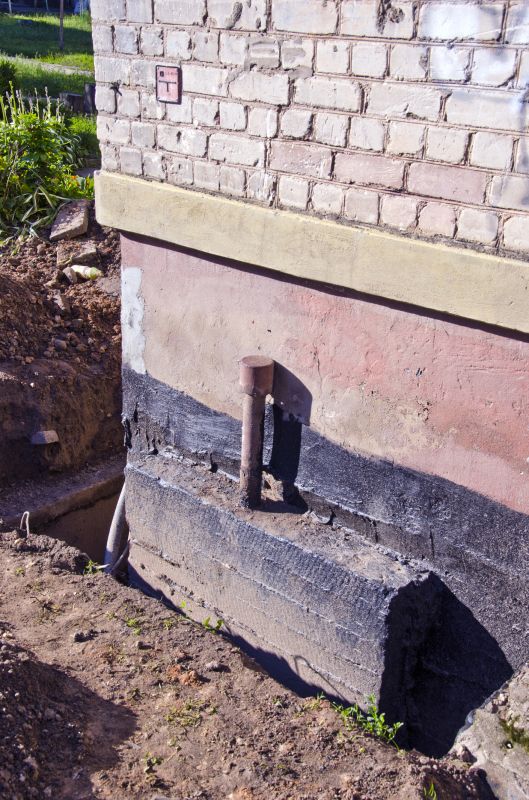
An image depicting the process of underpinning and stabilization of a foundation.
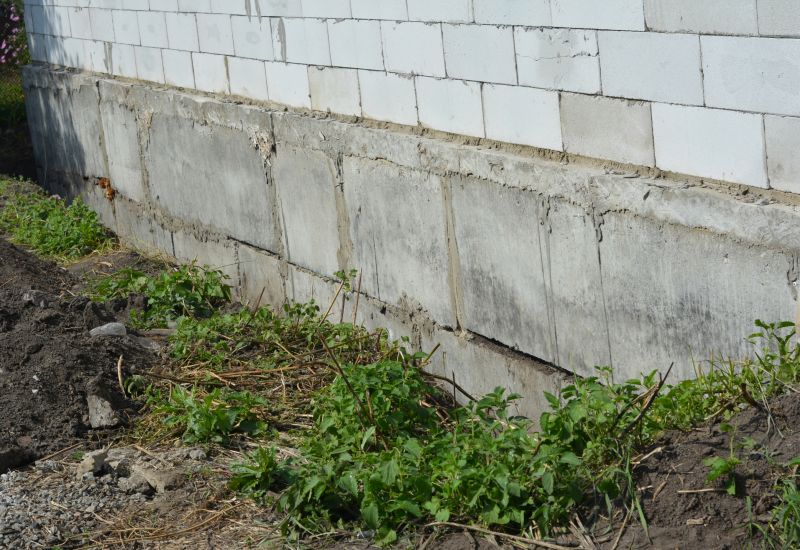
Visual showing soil testing and preparation before repairs.
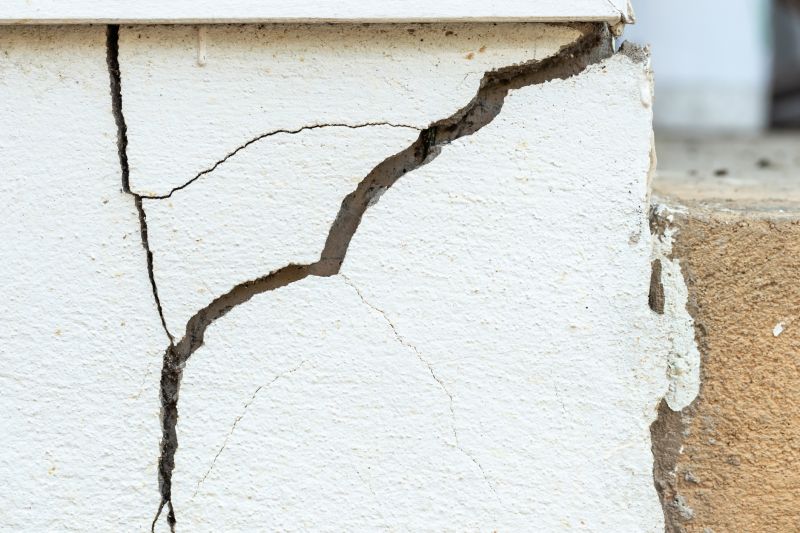
Close-up of common foundation crack types and repair techniques.
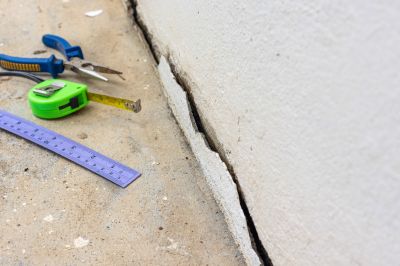
Image illustrating the final inspection and assessment after foundation work.
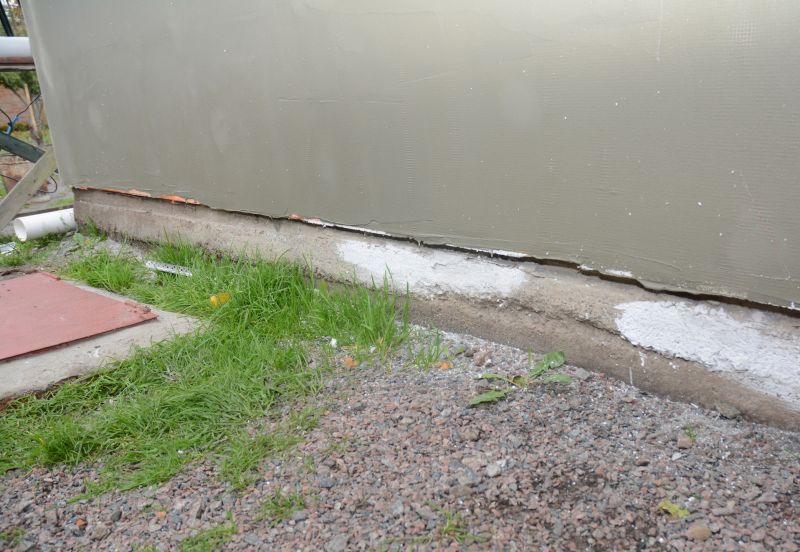
Ways to make Foundation Repairs work in tight or awkward layouts.
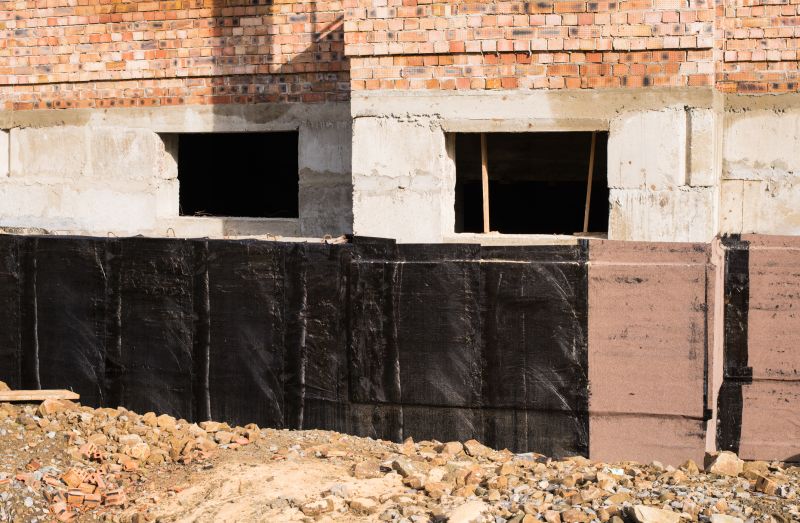
Popular materials for Foundation Repairs and why they hold up over time.
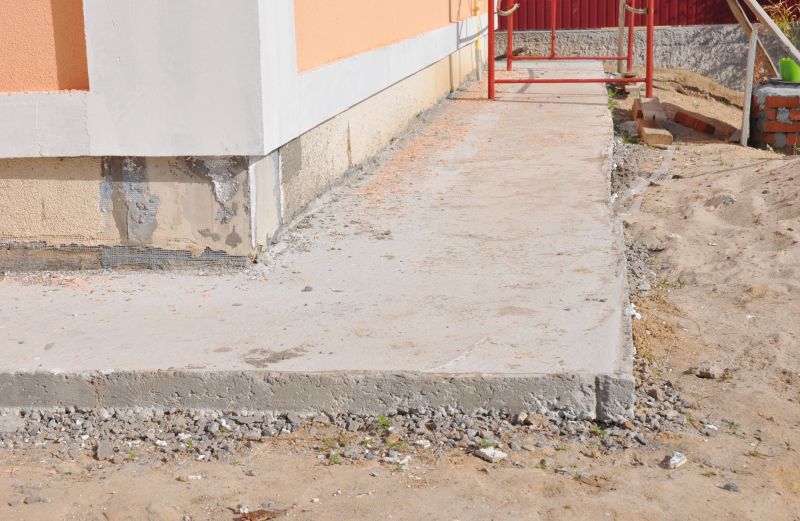
Simple add-ons that improve Foundation Repairs without blowing the budget.

High-end options that actually feel worth it for Foundation Repairs.
| Season | Ideal Conditions |
|---|---|
| Spring | Moderate temperatures, moist soil |
| Late Summer/Early Fall | Drier soil, cooler temperatures |
| Winter | Freezing temperatures, unsuitable |
| Post-Drought | Soil stabilization after moisture restoration |
| Dry Weather | Stable soil conditions |
Foundation repairs involve various techniques such as underpinning, piering, and soil stabilization to address issues like cracking, settling, or shifting. Proper timing ensures these methods are most effective, reducing the risk of future problems. Soil conditions, weather patterns, and seasonal variations all play a role in determining the optimal window for repair work.

Images showing the transformation of a foundation before and after repairs.
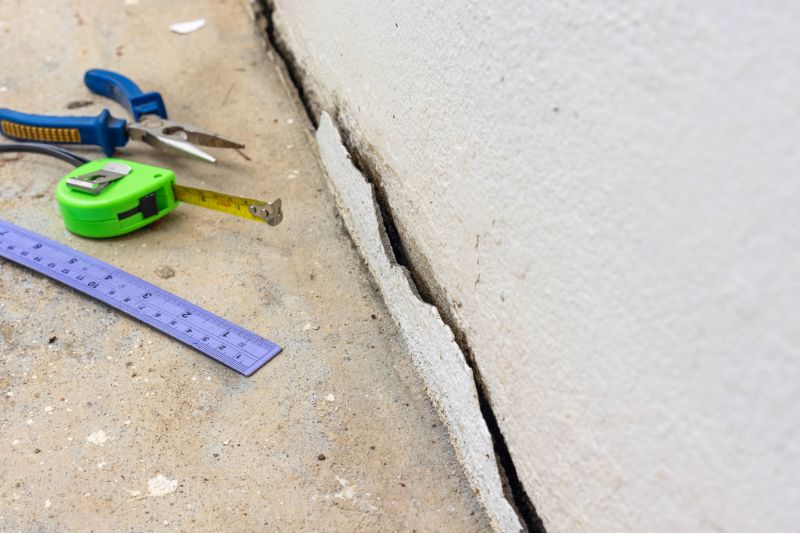
Visual of crack injection and sealing techniques.
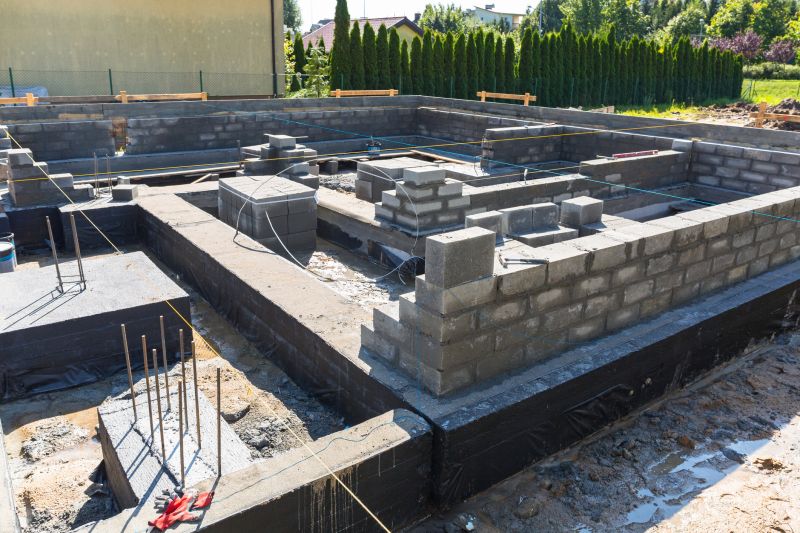
Photos of soil grading and moisture control prior to repairs.
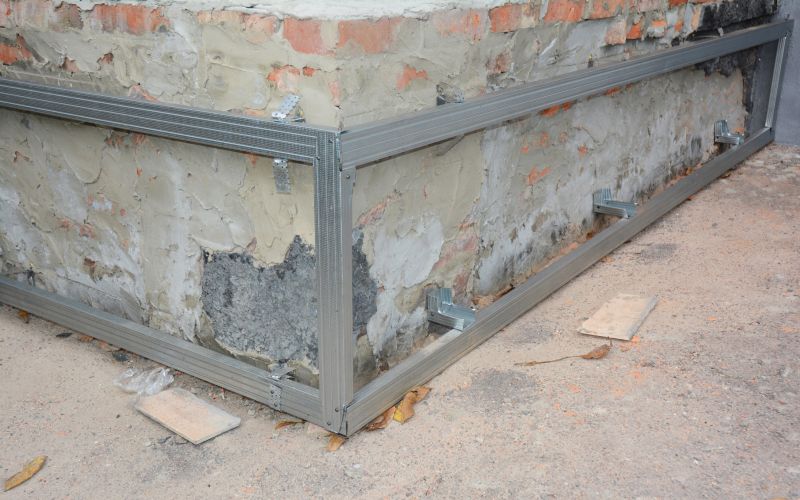
Images of reinforcement methods like steel piers and concrete underpinning.
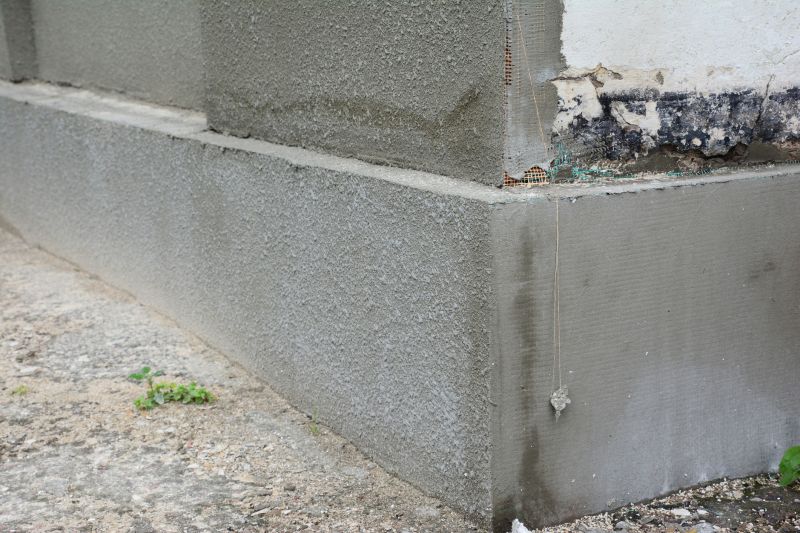
Finishes and colors that play nicely with Foundation Repairs.

Little measurements that prevent headaches on Foundation Repairs day.
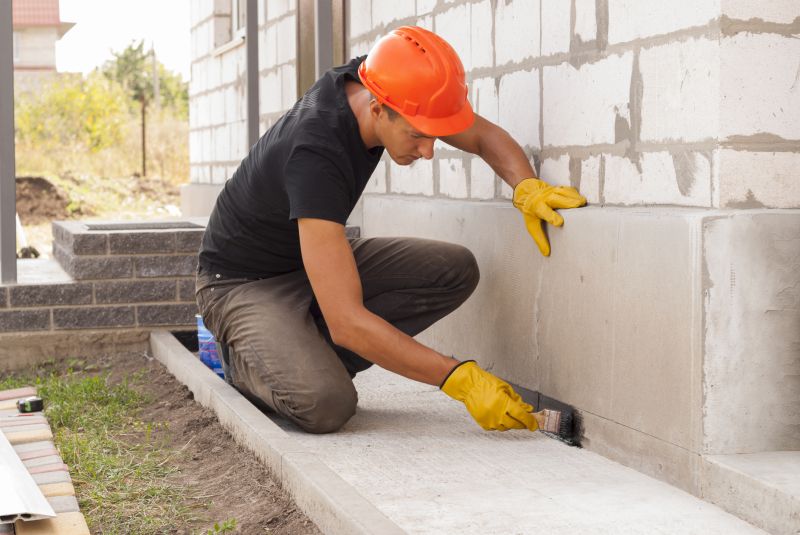
A 60-second routine that keeps Foundation Repairs looking new.
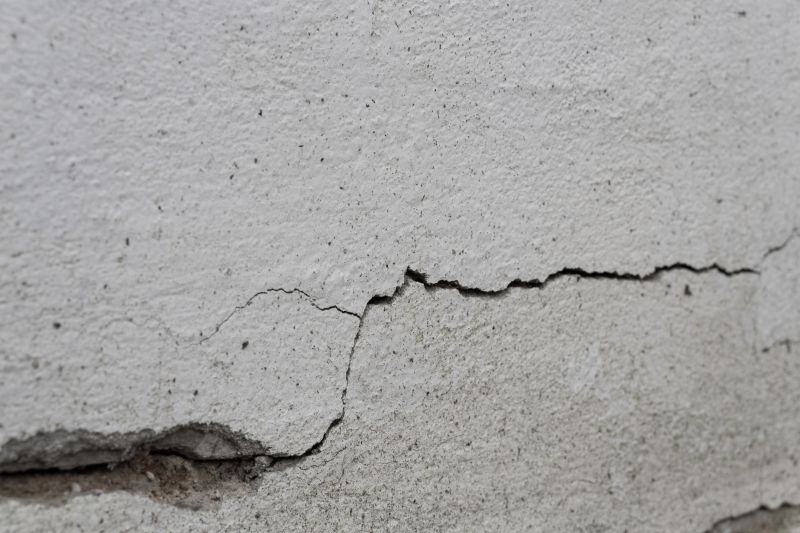
A frequent mistake in Foundation Repairs and how to dodge it.
Timely foundation repairs are essential to maintaining property value and safety. Consulting with foundation specialists can help determine the best time to proceed based on local climate and soil conditions. Proper planning and execution can prevent costly future repairs and structural issues.
Cracks in walls and floors, uneven flooring, and sticking doors are common indicators.
Factors influencing repair costs include the extent of damage, repair method, and soil conditions.
Proper drainage and soil management can help prevent foundation issues.
Select experienced professionals with local knowledge for effective repairs.

